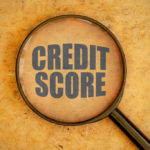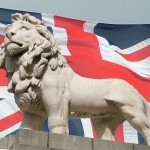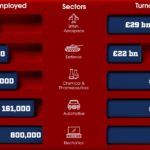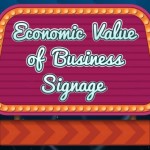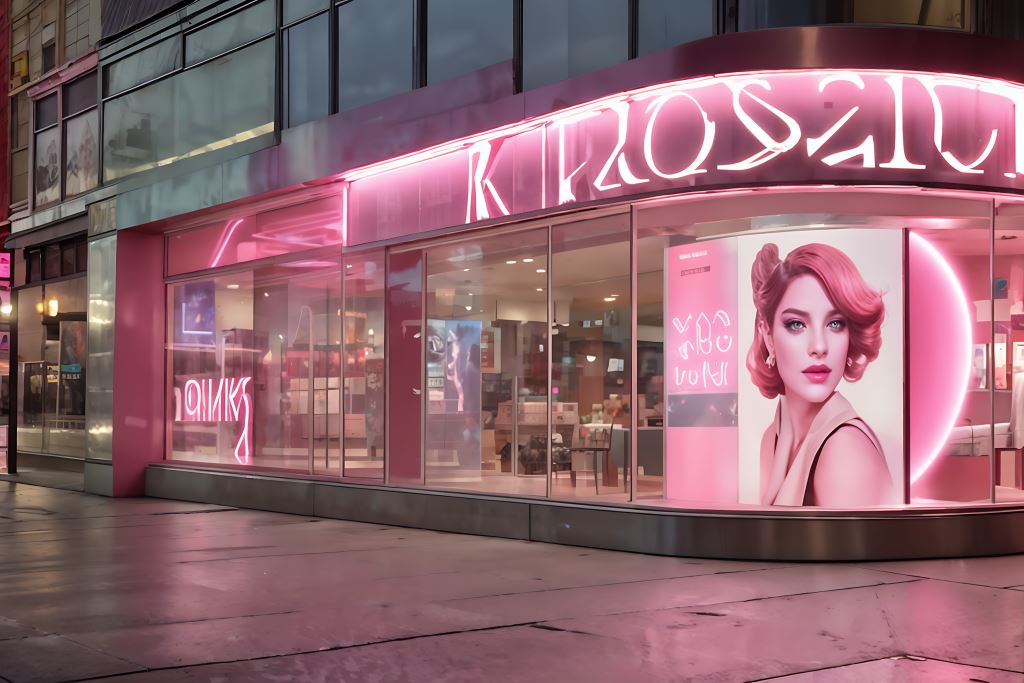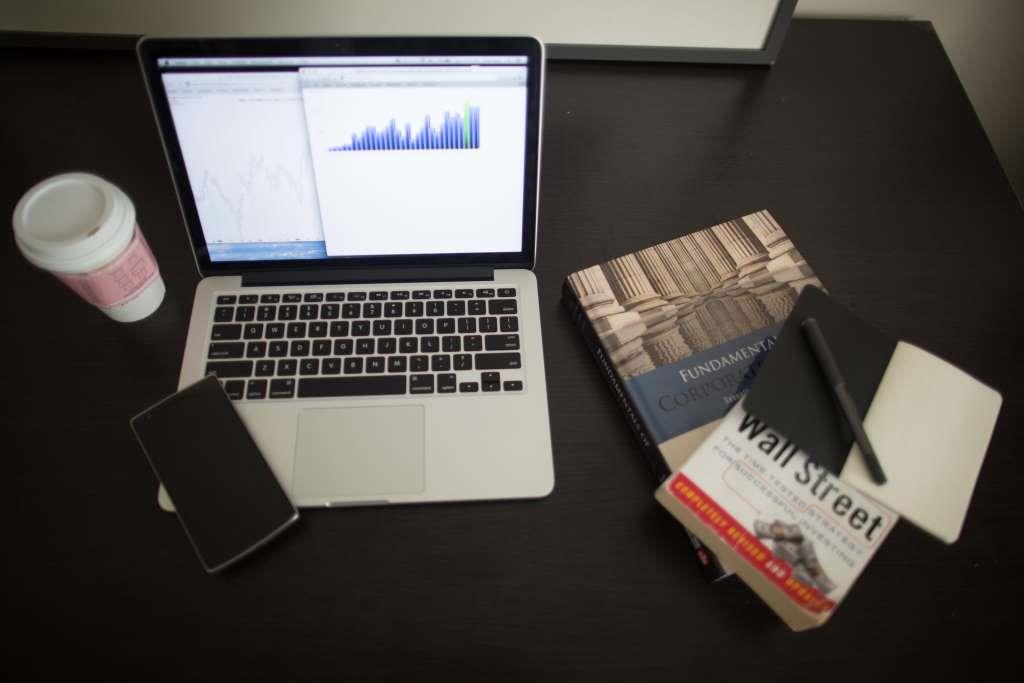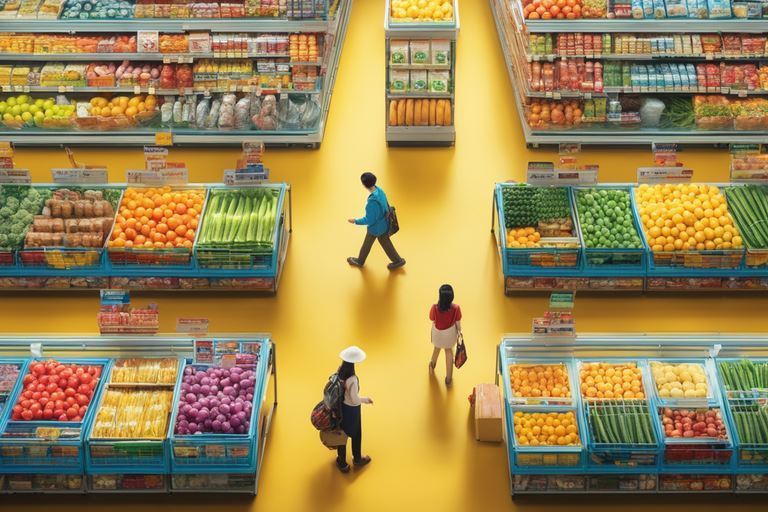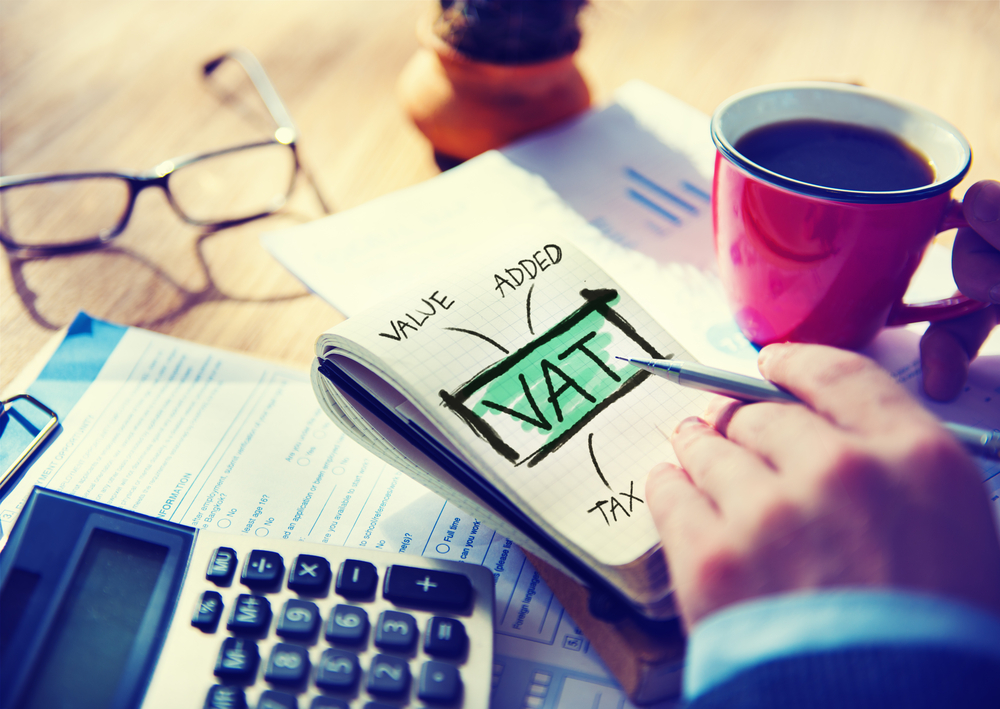
VAT (Value added tax) is a consumption tax which is levied in the United Kingdom by the national government. It is administered and collected by HMRC (HM Revenue and Customs), primarily through the Value Added Tax Act 1994.
VAT was introduced in 1973 and is the third largest source of government revenue after income tax and National Insurance. It is levied on most goods and services provided by registered businesses in the United Kingdom and some goods and services imported from outside the European Union. There are complex regulations for the goods and services which are imported from within the EU. Under EU law, the default VAT rate is the standard rate, 20% since 4 January 2011. The standard rate of VAT cannot be lower than 15% in any EU state. Some goods and services are subject to VAT at a reduced rate of 5% (such as domestic fuel) or 0% (such as most food and children’s clothing).
Each state in the UK may have up to two reduced rates of at least 5% for a restricted list of goods and services. The European Council must approve any temporary reduction of VAT in the public interest.
VAT basically, is an indirect tax since the tax is paid to the government by the seller i.e. the business and not by the person who bears the economic burden of the tax i.e. the consumer. The opponents of VAT claim that it is a regressive tax because the poorest people spend a higher proportion of their disposable income on VAT as compared to the richest people. The people who are in favour of VAT claim that it is progressive since the consumers who spend more pay more VAT.
All of the businesses providing “taxable” goods and services and whose taxable turnover exceeds the threshold must register for VAT. The threshold was £77,000 since April 2012, and as of 2015 it is £82,000, by far the highest VAT registration threshold in the world. The businesses may choose to register even if their turnover is less than that amount. All the registered businesses are required to charge VAT on the full scale price of the goods or services that they provide unless exempted or outside the VAT system. The default VAT rate is the standard rate, which is currently 20%. Some of the goods and services are charged lower rates (reduced or even zero). The registered businesses must pay over to HMRC the VAT that they have charged on their goods or services, which is known as the output tax, however they may offset this with the VAT that they have incurred on goods or services they have purchased, known as input tax.
The businesses that sell exempt goods or services, such as banks, may not register for VAT or reclaim VAT that they have incurred on the purchases. Businesses selling some exempt goods or services may not be able to reclaim the VAT on all of their purchases. However, the businesses selling zero-rated goods or services, such as food producers or booksellers, may reclaim all the VAT that they have incurred on purchases.
For more information regarding VAT, you can call on VAT Helpline Number.
Tim Scott
Latest posts by Tim Scott (see all)
- Data Science and Its’ World Changing Influence - May 30, 2017
- The Perceived Role of HRM in Creating a Successful Organization - February 1, 2017
- Things To Know About VAT In UK - November 18, 2016







